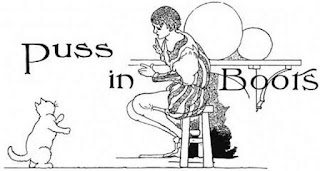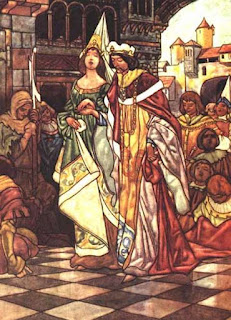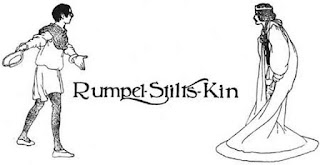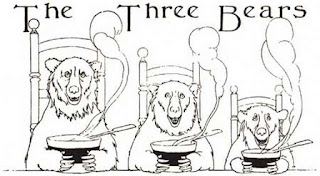Puss in Boots

Puss in Boots, illustrated by Charles Robinson Puss in Boots is a classic fairy tale written at the end of the 17th century by Charles Perrault, with origins in Basile's (Cagliuso / Gagliuso) and Straparola's (Constantino Fortunato) works from the 16th and the beginning of the 17th century. We can trace it to Girolamo Morlini and even further but we'll rather focus on this version, published in The Big Book of Fairy Tales in 1911. The story starts like many other fairy tales. Father dies and his three children are facing a life-changing situation. In this case, we are dealing with a dead miller who had three sons. The eldest inherited a mill, the middle son had got a donkey, and the youngest a cat. While the first two boys possess something obviously useful to make a living, the youngest doesn't know what to do with the cat. He even thinks it would be best to skin it and use its fur for a pair of gloves or something. At that moment the first enchanting moment happens an...



